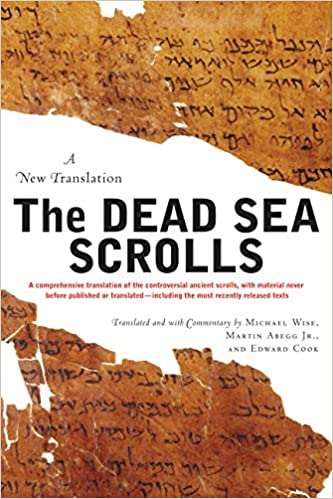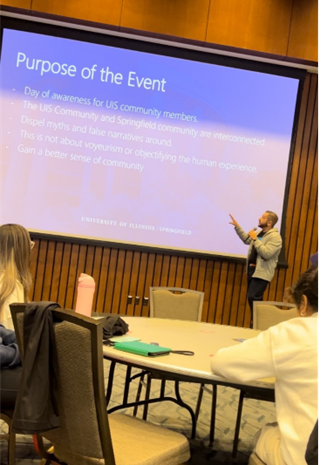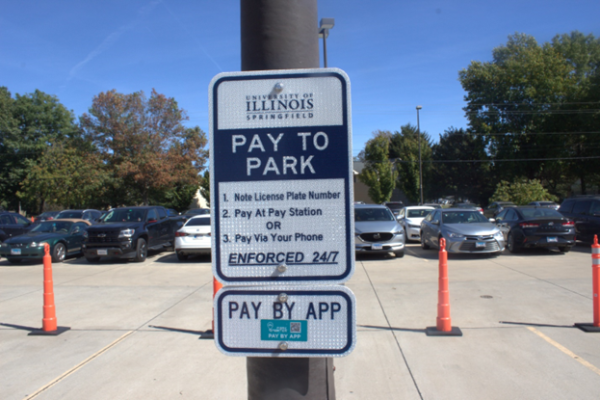Dead Sea Scrolls Forgery

Photograph courtesy of amazon.com
First discovered in 1946, The Dead Sea Scrolls are a series of religious texts written in Hebrew, Aramaic and Greek. These original texts are now housed in The Shrine of The Book in Israel, but they are not the only copies available. Multiple collectors have come forward with supposed fragments of these scrolls but their veracity is now in question.
The Dead Sea Scroll fragments housed in The Museum of The Bible have been revealed to be forgeries. This reveal was released by Art Fraud Insights LLC, a company dedicated to educating the public on issues such as cultural crimes.
In order to determine the authenticity of these fragments, the investigative team employed multiple scientific processes. Tests included scanning electron microscopy and micro chemical testing. Following these tests, the scrolls were found to be made from leather rather than the traditional parchment the authentic scrolls are made from.
Had these tests not been performed, the inauthenticity of the scrolls likely would not have been discovered. The forgeries did include a layer of mineral dust similar to dust found on the original scrolls, which made analysis difficult. The techniques used in this forgery also produced a similar appearance to previously discovered fragments.
Further investigations into these forgeries are focused primarily on finding the seller. As of now, the most prominent lead is the list of collectors who have handled the fragments in the past. The museum’s owner, Hobby Lobby president Steve Green, labeled his collection as emerging from a series of fragments that went up for sale in 2002. As these fragments only passed through a few hands, it does narrow down the suspects.
It is important to note that this investigation is not prompting testing of the scrolls housed in Israel. As these are holy artifacts, investigators are choosing to honor their display. Whether or not this will change in the future is still unclear.












